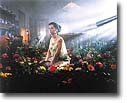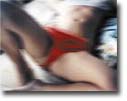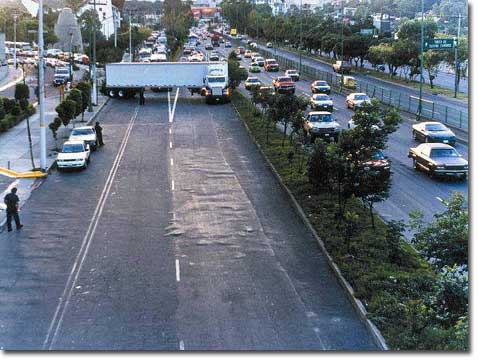Museo de Arte Latinoamericano de Buenos Aires,
Sep 29, 2004 - Nov 22, 2004
Buenos Aires , Argentina
The Jumex Collection in Buenos Aires
by Viviana Usubiaga
During the months of October and November 2004, the Museum of Latin American Art in Buenos Aires - Constantini Collection (MALBA) and the Telefónica Foundation (Espacio Fundación Telefónica) - presented the exhibition The uses of the image: photography, film and video in the Jumex Collection, a selection of around 200 works bringing together a group of artists well known on the international contemporary art scene, particularly from the nineties. The Jumex Collection began as the private initiative of Eugenio López, the young Mexican collector and sole heir to the Jumex Company who, over a decade ago, began to acquire works of minimalist and conceptual artists, such as Donald Judd and Joseph Kosuth, among others. He later became interested in more recent works, such as those of Gary Simmons, Pipilotti Rist and Ernesto Neto, channeling his acquisitions strategically towards contemporary art. Today, the collection consists of over 600 key pieces by recognized artists such as Paul McCarthy, Gabriel Orozco, Douglas Gordon and Maurizio Cattelan. An exhibition space, open to the public, was constructed for this purpose within the factory itself in Ecatepec, some fifty minutes north of Mexico City. Patricia Martín, Mexican curator of the collection, and Carlos Basualdo, Argentine curator living in the United States for the last ten years, have made a selection of works emphasizing large format photographs, films and video-installations. The exhibition was organized within thematic groups with the intent of defining correlating categories connecting the specific practices and discourses of each artist. The body of works are divided into the following sections: The uses of image; Image/registration/performance; Image/face/file; Image/landscape/performance; Image as a critical device; Image/Fact/Fiction; and the Reversal of the Image. This listing promotes two results that accompany the curators’ texts for this exhibition. First, the absence of a chronological linear order in the exhibition guide underlines the intention to avoid the hegemonic narratives for which Modernism is known. As Basualdo puts it: "This may possibly be the alternative offered to collections and collectors; to laboriously and tentatively invent possible stories, or respond to the fabulous and insignificant chaos of the commercial world." Secondly, this organization by subject matter unfolds, almost encyclopedically, a series of post-war artistic practices which involve technical reproduction media (photography, film and video), and oblige these to go beyond the modernist discourse which proclaimed the making of "pure art" through the concept of "specificity." The catalogue accompanying the exhibition also includes a compilation of theoretical texts that reflect on these ideas. In Basualdo’s words: "Exhibition and book are therefore placed at the intersection of two instable systems: the fragile relationship between contemporary art collections and the history of art, and the problematical link between Modern art and technical reproducibility."
|











